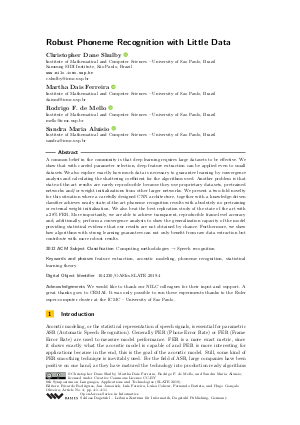OASIcs.SLATE.2019.4.pdf
- Filesize: 448 kB
- 11 pages

 Creative Commons Attribution 3.0 Unported license
Creative Commons Attribution 3.0 Unported license




















Feedback for Dagstuhl Publishing